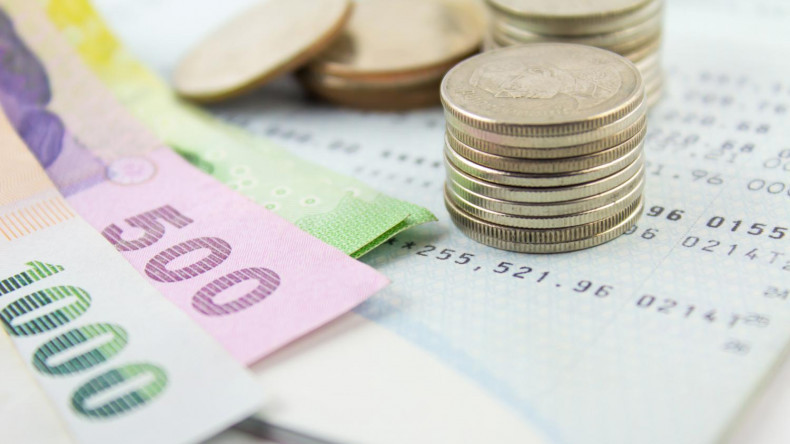Kanjana Chockpisansin, head of the research, banking and financial sector at Kasikorn Research Center (K-Research), said the think tank projects the central bank’s Monetary Policy Committee (MPC) will make at least one more rate cut this year.
“More than one rate cut is possible if the United States enforces a higher tariff rate on Thai exports than other regional economies, dampening Thailand’s economic prospects in the second half of the year,” Ms Kanjana told the Bangkok Post.
If Thailand cannot secure a competitive US tariff, exports and private investment would be seriously hurt, while consumers would tighten their belts and spend less. The government has a limited fiscal budget to stimulate economic growth, she said.
The MPC has three more meetings this year in August, October and December to consider a rate cut from 1.75%.
The baht weakened to 32.68-32.70 against the greenback on Thursday after the Federal Reserve (Fed) on Wednesday kept the US interest rate unchanged at 4.25-4.50% for a fifth consecutive meeting.
Fed chair Jerome Powell remarked the central bank is not in a hurry to trim the rate as it monitors the impact of President Donald Trump’s tariff strategy on US inflation for the remainder of the year. The Fed has three more meetings this year.
"The door seems to be completely closed for Fed movement in September. The October or December gathering is more likely [for a rate cut]," said Ms Kanjana.
Asia Plus Securities projects the MPC to slash the rate by 25 basis points as early as August given the concern about economic deceleration when US tariffs take effect.
"Fiscal measures cannot be fully implemented to lift the economy yet, and Thailand’s inflation dropped for the third consecutive month by 0.25% year-on-year," noted the brokerage.
As the dollar strengthens following the Fed’s move and the release of sound US economic figures, K-Research sees a path for the baht to weaken to 33.70 to the greenback in the latter half of 2025, said Ms Kanjana.








